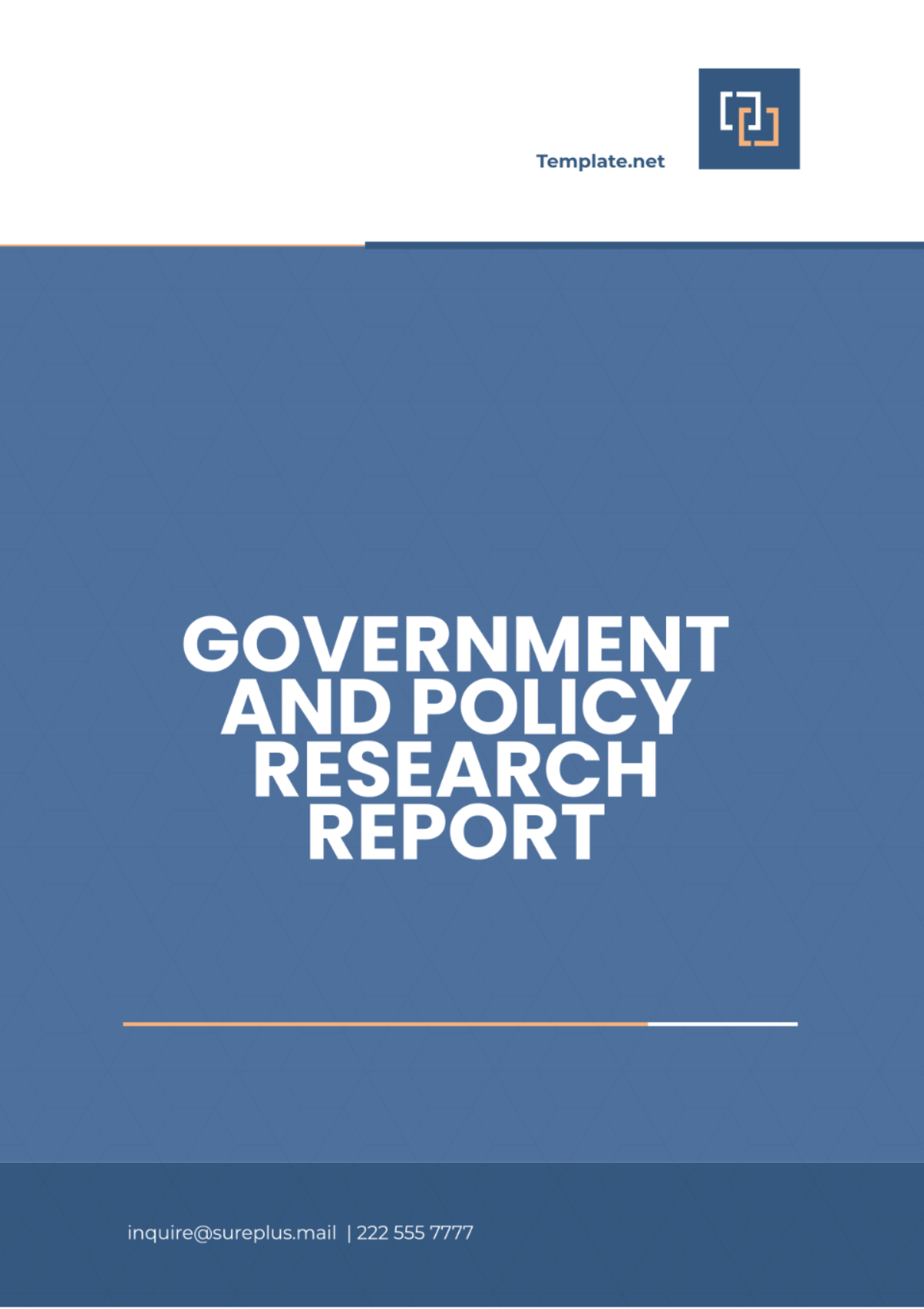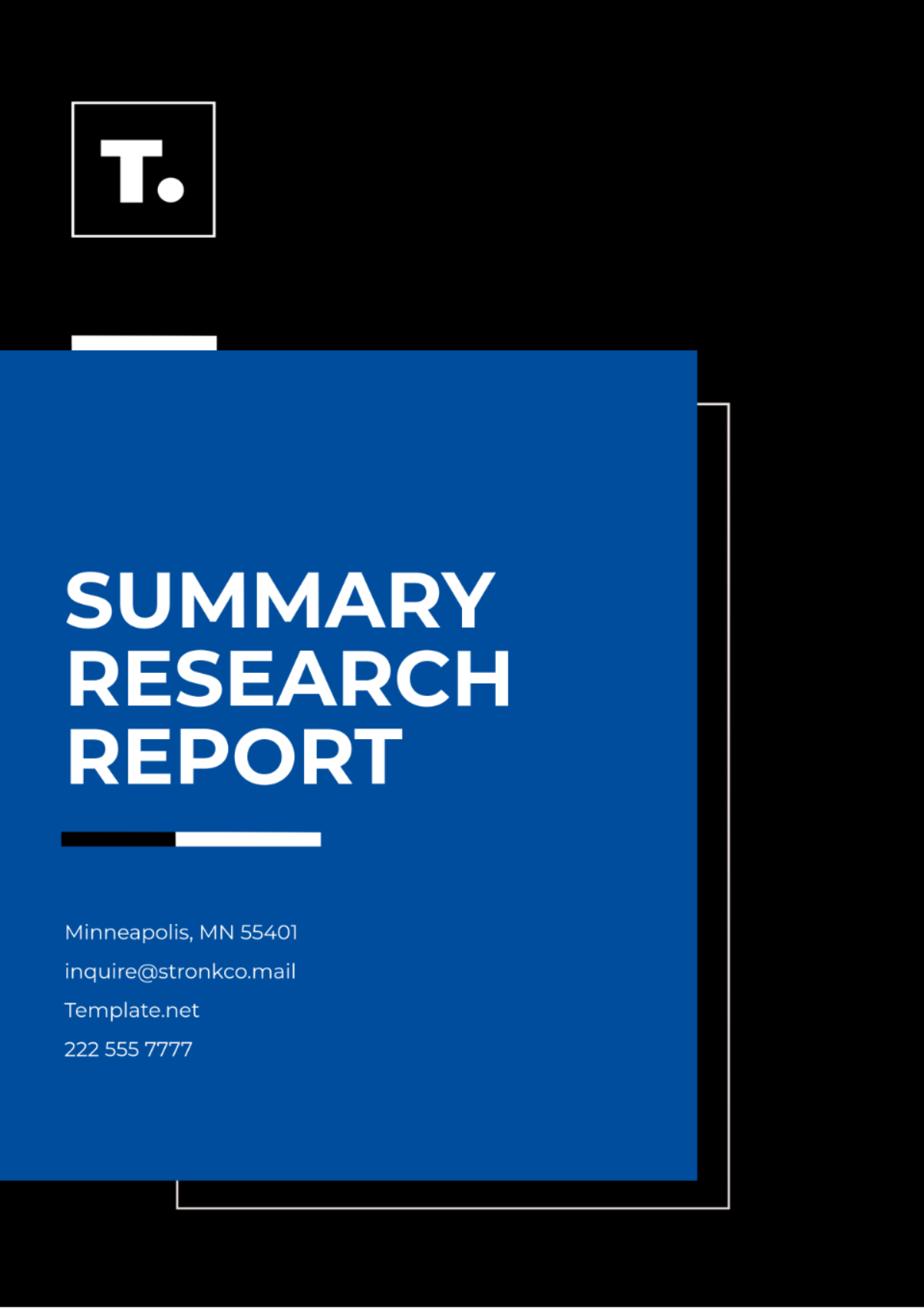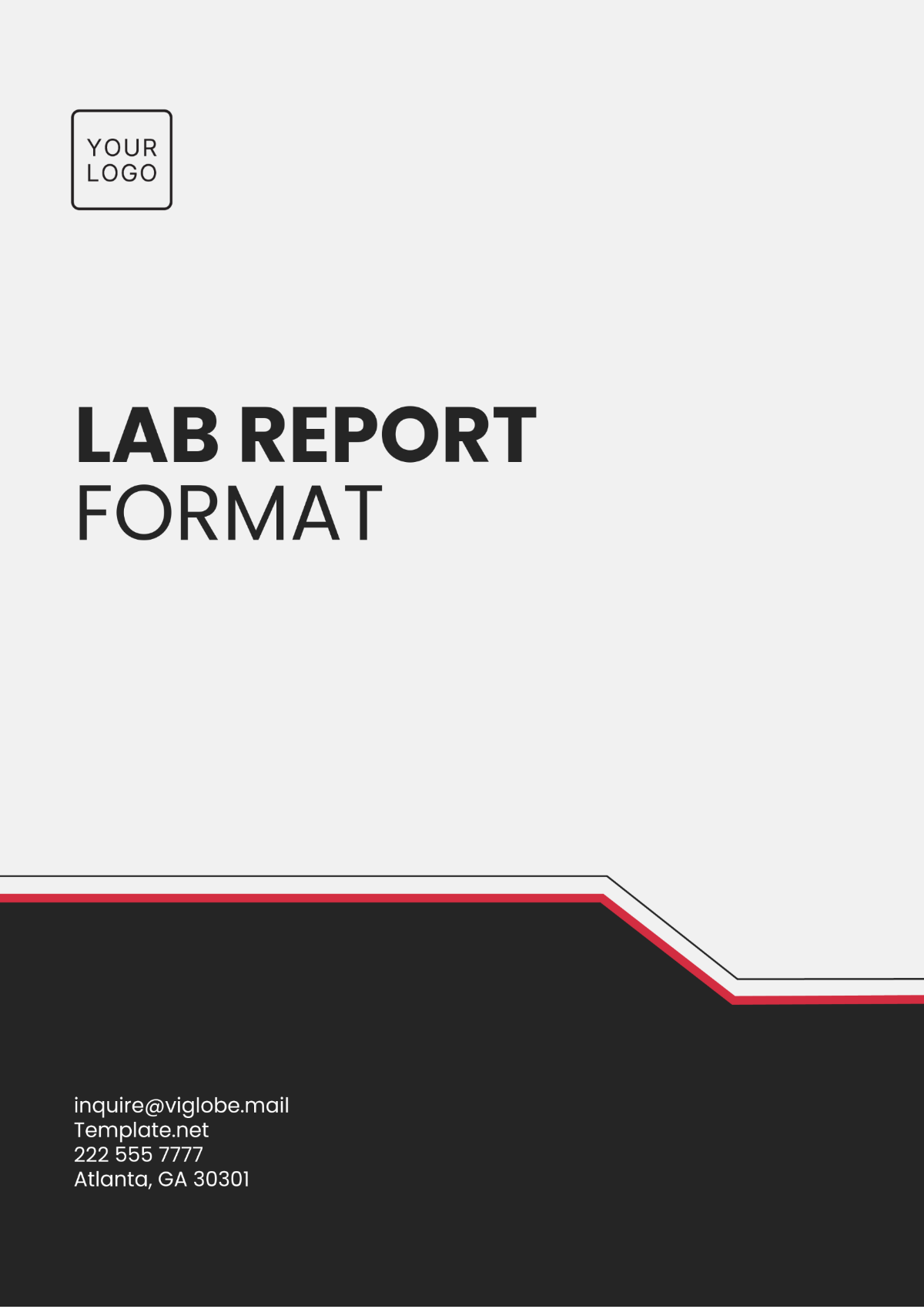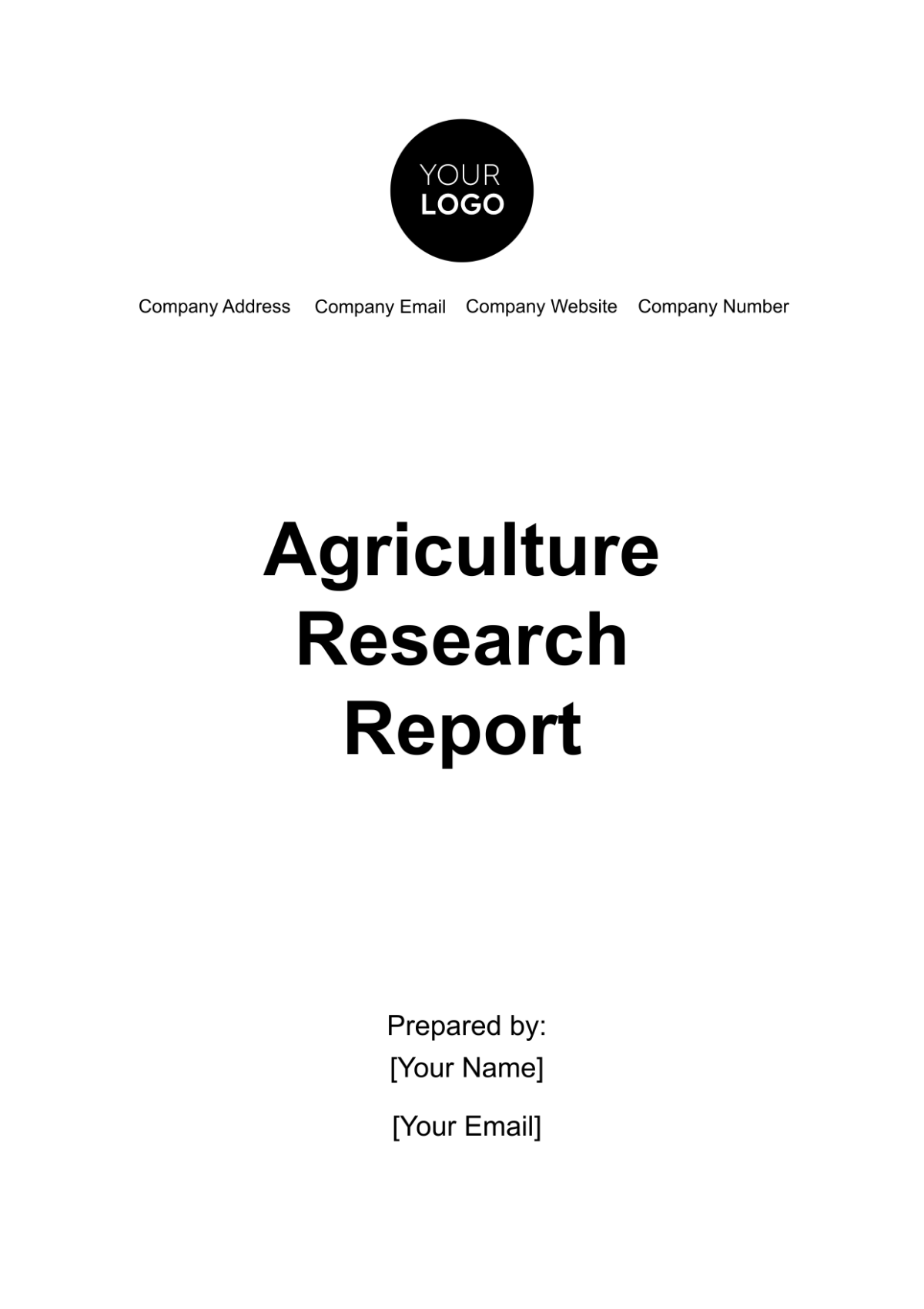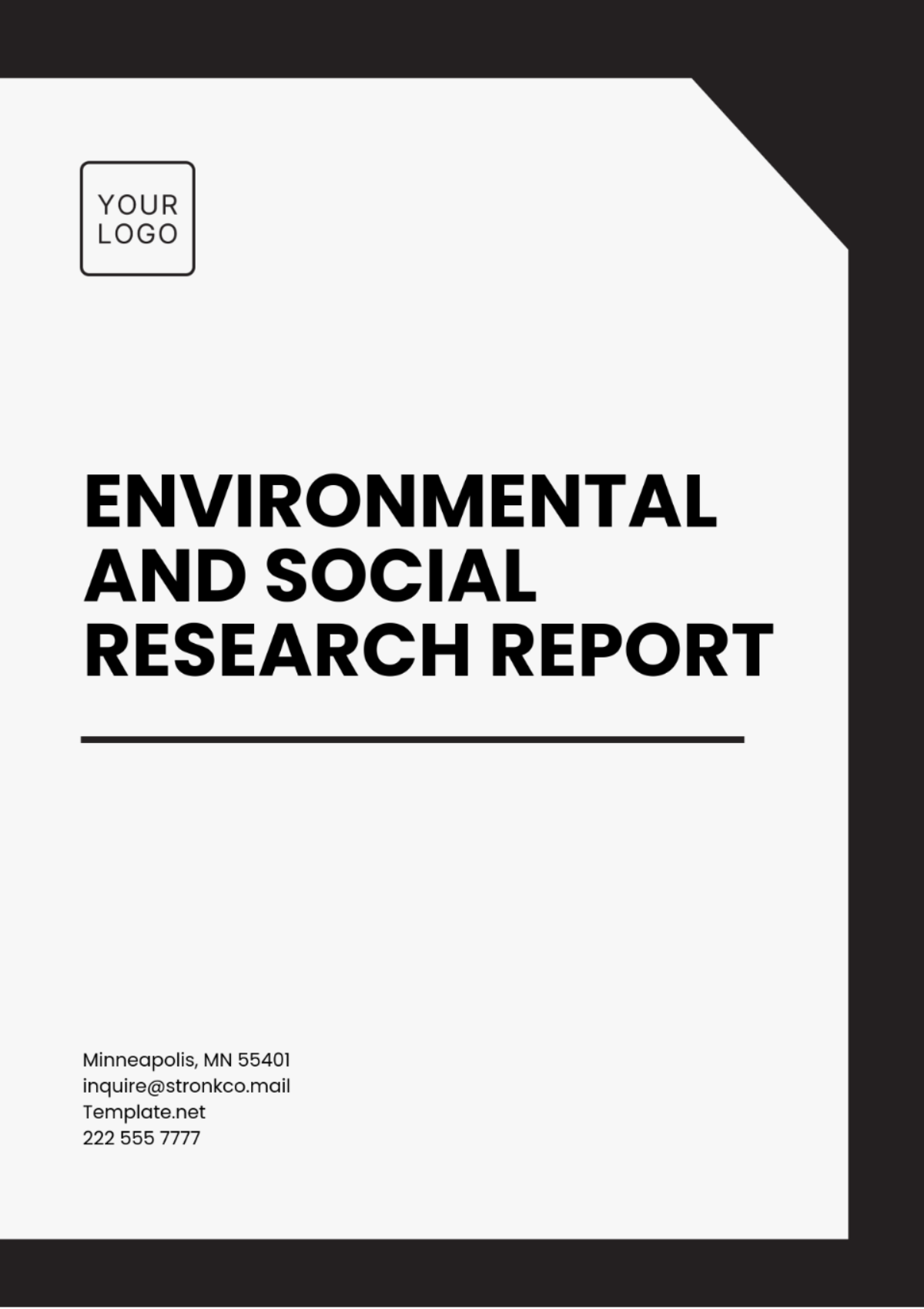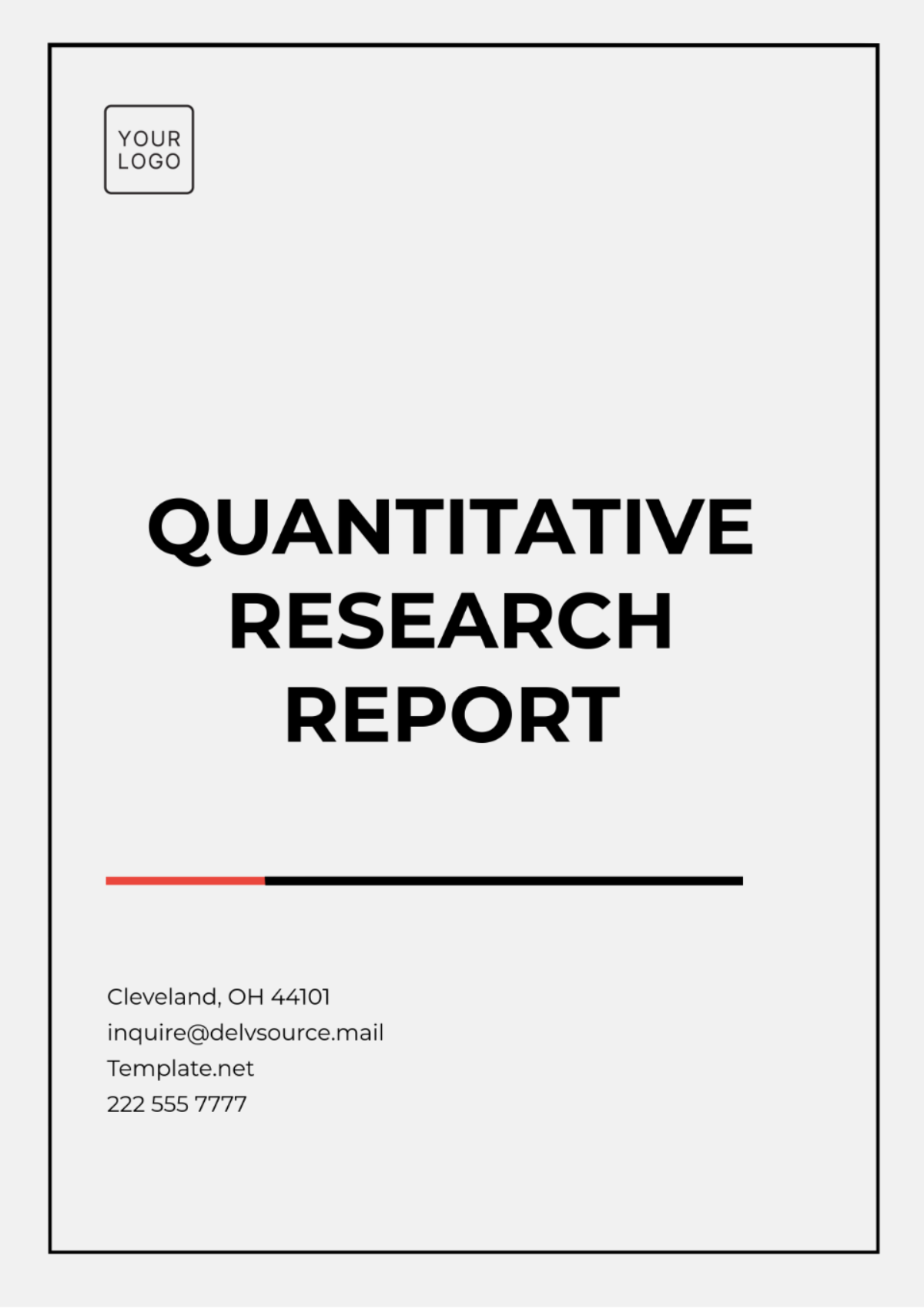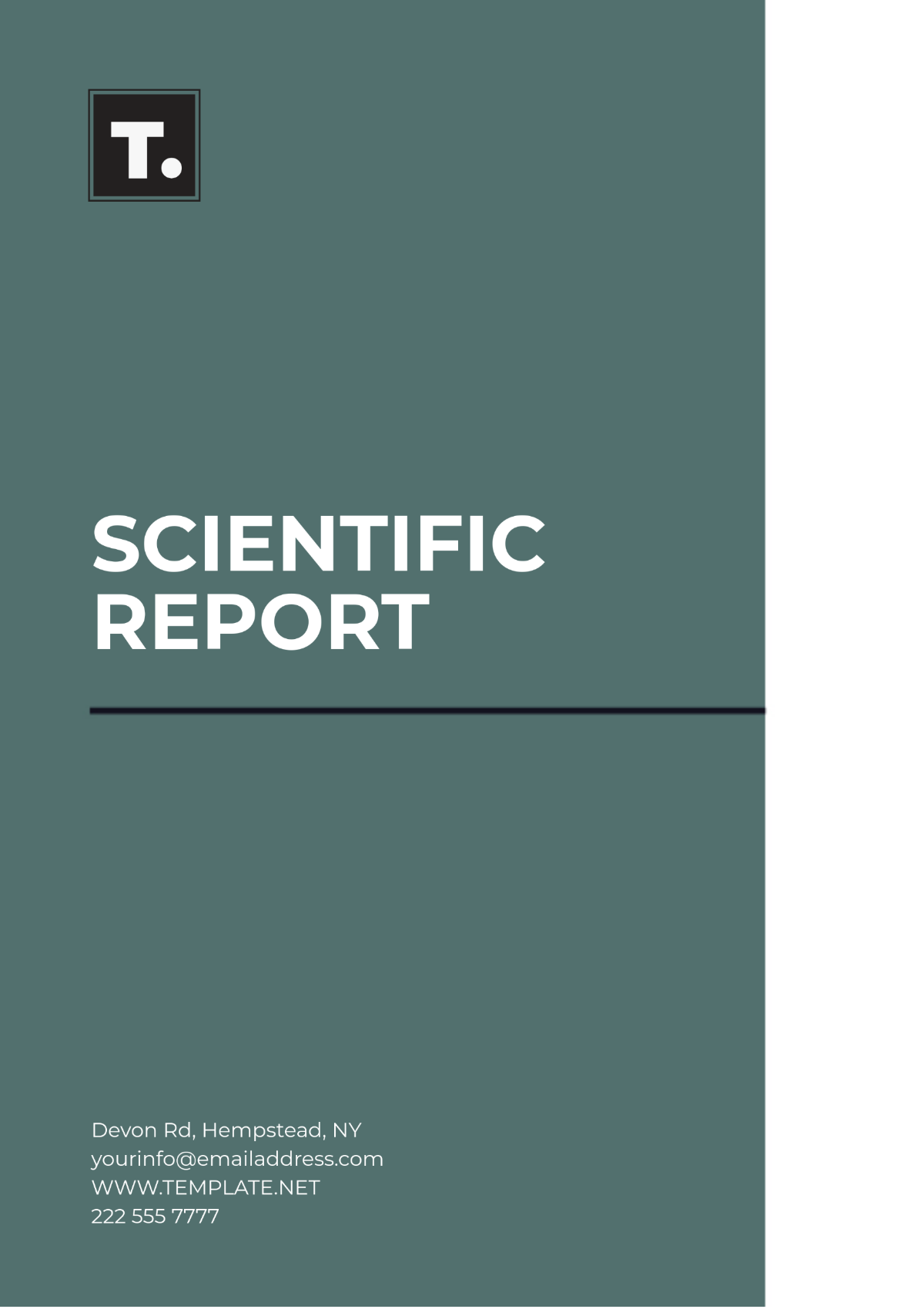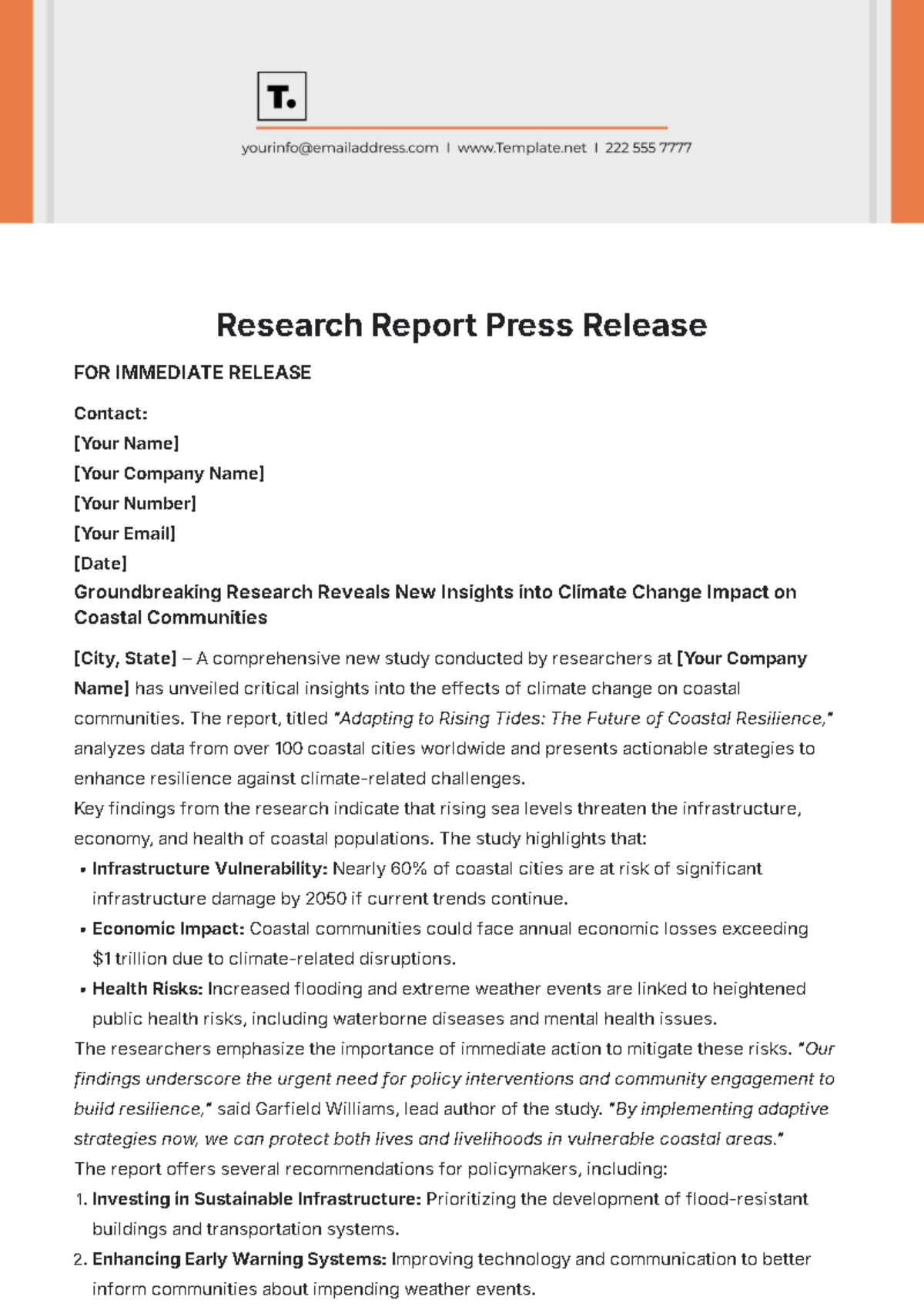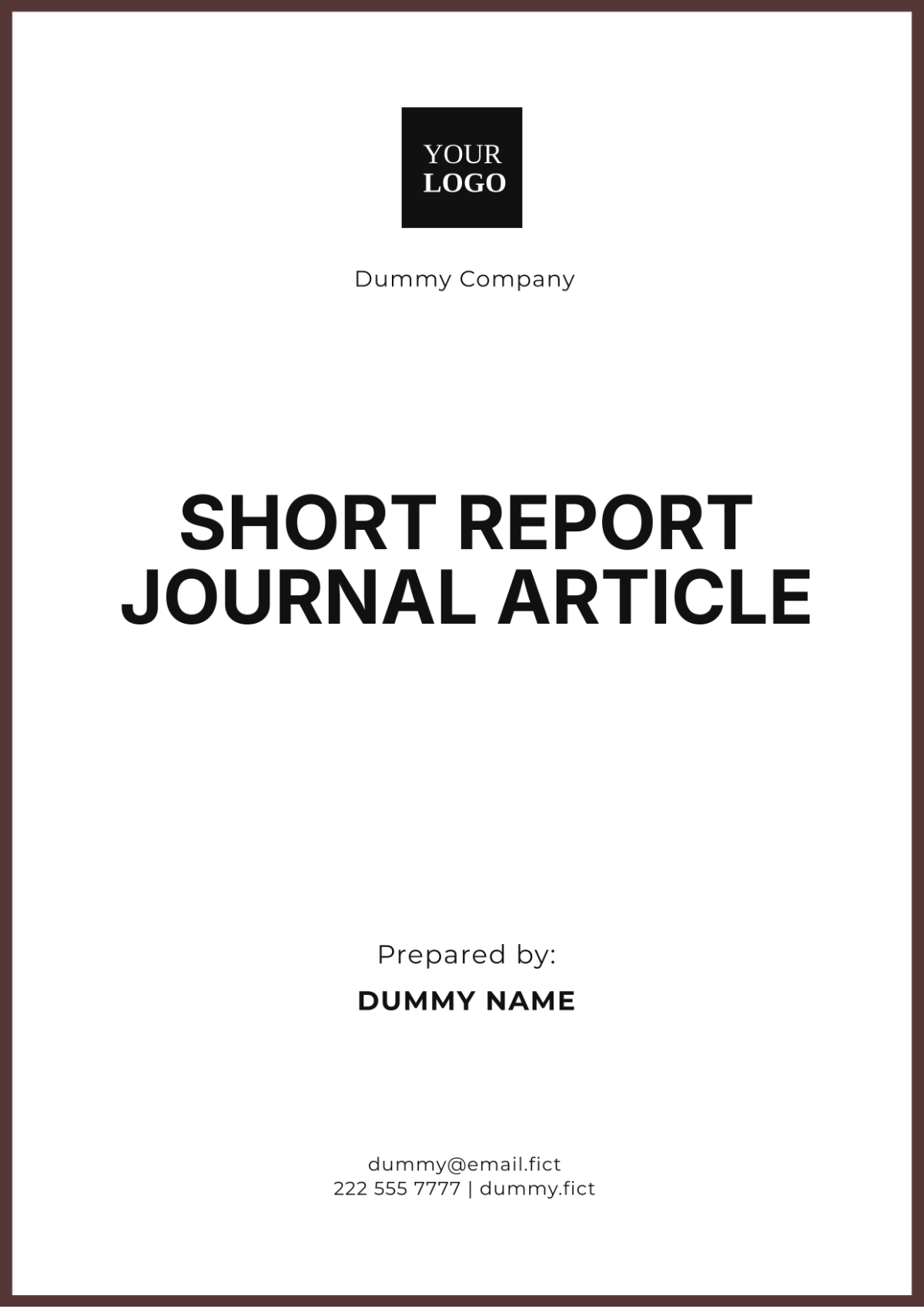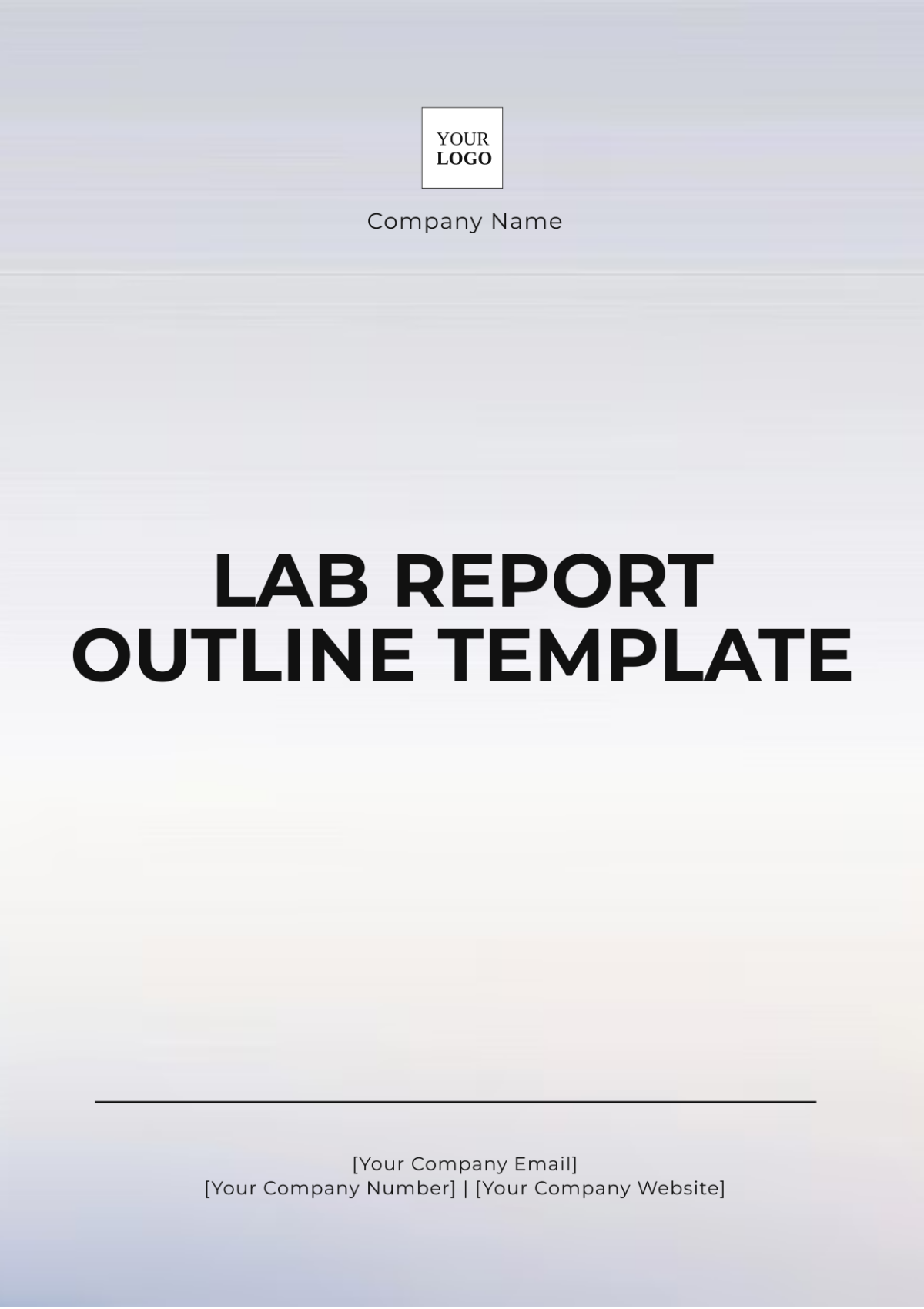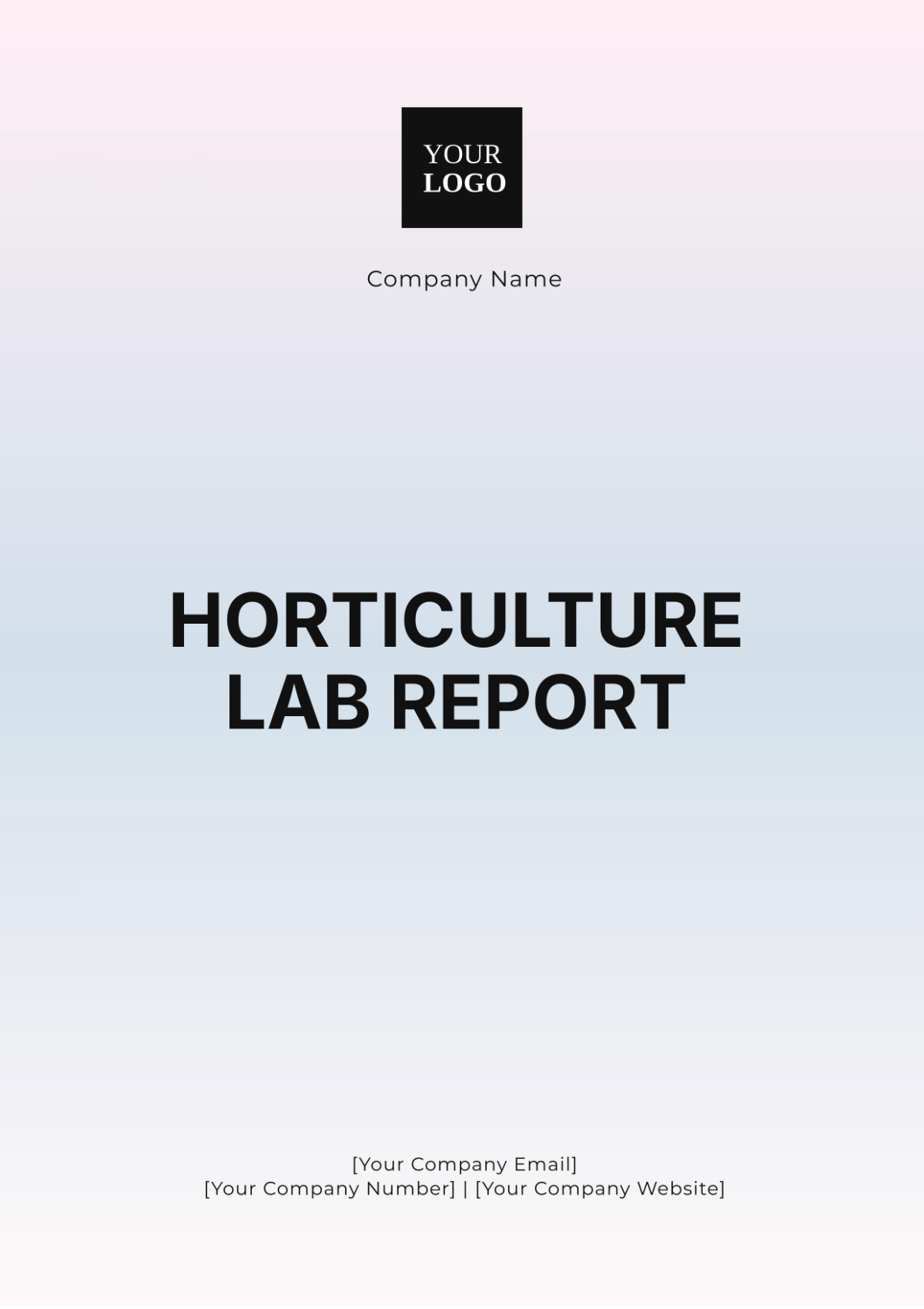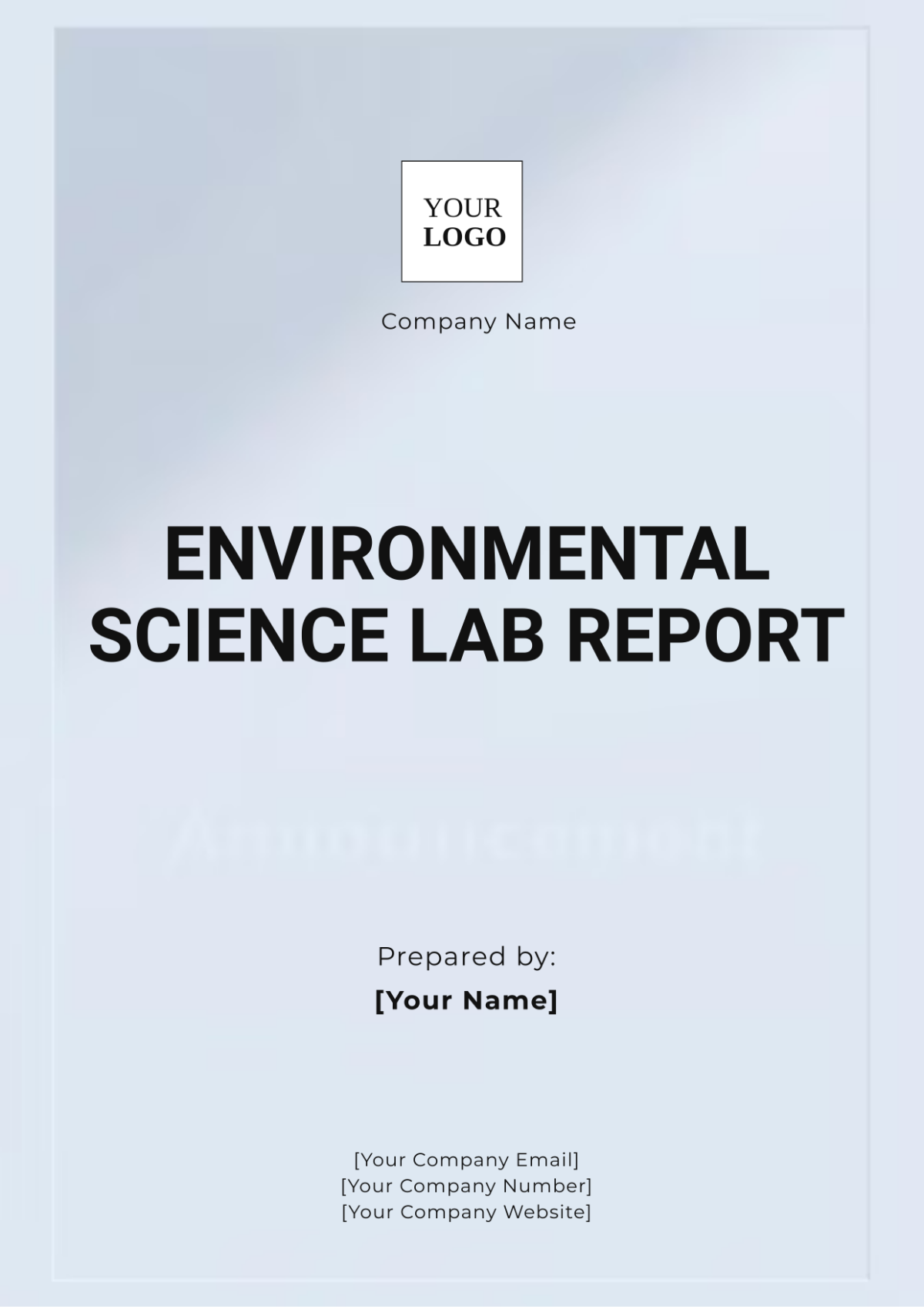Environmental Science Lab Report
Title: Environmental Quality Assessment in Air Water and Soil
Submitted by: [Your Name]
Instructor: [Instructor's Name]
Date: [Submission Date]
1. Introduction
Environmental science is the study of the interactions between the physical, chemical, and biological components of the environment. In this lab report, we will investigate various environmental issues by conducting a series of experiments and analyses. The main objective is to understand the impacts of different pollutants on air, water, and soil quality, as well as the implications for human health and ecosystem stability.
2. Objectives
To analyze air quality and identify the presence of common air pollutants.
To assess water quality in different water bodies and identify potential contaminants.
To evaluate soil quality and determine the effects of pollutants on soil health.
3. Materials and Methods
3.1 Materials
Air quality monitoring device
Water sampling bottles
Soil sampling tools
Laboratory glassware (beakers, flasks, pipettes)
pH meter
Chemical reagents for analysis (e.g., nitrate test kits, phosphate test kits)
3.2 Methods
Three separate experiments were conducted to analyze air, water, and soil quality. The procedures for each are detailed below:
(a) Air Quality Monitoring
Identify the monitoring locations: urban area, suburban area, and rural area.
Set up the air quality monitoring device at each location for 24 hours.
Record the levels of common air pollutants such as PM2.5, PM10, NO2, SO2, CO, and O3.
Collect data and compare it with the national air quality standards.
(b) Water Quality Assessment
Identify water bodies for sampling: a river, a lake, and a groundwater source.
Collect water samples in sterilized bottles from each location.
Test the samples for pH, nitrates, phosphates, dissolved oxygen, and microbial contamination.
Analyze the data and compare it with the water quality standards set by environmental agencies.
(c) Soil Quality Evaluation
Select soil sampling sites: agricultural land, an industrial area, and a residential backyard.
Collect soil samples at a depth of 0-15 cm using soil augers.
Test for pH, nutrient content, heavy metal contamination, and organic matter.
Compare the results with acceptable soil quality guidelines.
4. Results
4.1 Air Quality Monitoring Results
Location | PM2.5 (μg/m3) | PM10 (μg/m3) | NO2 (ppb) | SO2 (ppb) | CO (ppm) | O3 (ppb) |
|---|---|---|---|---|---|---|
Urban Area | 45 | 75 | 32 | 12 | 0.8 | 56 |
Suburban Area | 30 | 50 | 20 | 8 | 0.5 | 40 |
Rural Area | 20 | 30 | 12 | 5 | 0.3 | 25 |
4.2 Water Quality Assessment Results
Parameter | River | Lake | Groundwater |
|---|---|---|---|
pH | 6.8 | 7.2 | 7.5 |
Nitrates (mg/L) | 2.4 | 3.0 | 1.8 |
Phosphates (mg/L) | 0.8 | 1.2 | 0.5 |
Dissolved Oxygen (mg/L) | 9.0 | 7.8 | 6.5 |
Microbial Contamination (CFU/mL) | 150 | 100 | 50 |
4.3 Soil Quality Evaluation Results
Parameter | Agricultural Land | Industrial Area | Residential Backyard |
|---|---|---|---|
pH | 6.5 | 7.1 | 6.8 |
Nitrogen Content (mg/kg) | 45 | 30 | 40 |
Phosphorus Content (mg/kg) | 100 | 75 | 80 |
Heavy Metal Contamination (ppm) | 5 | 20 | 10 |
Organic Matter (%) | 3.5 | 2.0 | 2.8 |
5. Analysis
5.1 Air Quality Analysis
The air quality monitoring data indicates that the urban area had the highest levels of pollutants, with PM2.5 and PM10 concentrations significantly exceeding the national air quality standards. The levels of NO2, SO2, CO, and O3 were also higher in the urban area compared to the suburban and rural areas. These elevated pollutant levels can be attributed to higher vehicular traffic, industrial emissions, and construction activities commonly found in urban environments.
5.2 Water Quality Analysis
The water quality assessment revealed that the river and lake water samples had higher concentrations of nitrates and phosphates compared to the groundwater sample. The river and lake also exhibited higher microbial contamination, likely due to surface runoff and agricultural activities in their catchment areas. The pH levels across the water bodies were within acceptable limits, and the dissolved oxygen concentrations were sufficient to support aquatic life.
5.3 Soil Quality Analysis
Soil samples from the industrial area showed higher levels of heavy metal contamination, which may be the result of industrial discharges or improper disposal of waste materials. The agricultural land had the highest nutrient content, beneficial for crop growth but also posing a risk of nutrient leaching into nearby water bodies. The residential backyard soil exhibited moderate pH and nutrient levels, indicating balanced soil health suitable for domestic gardening.
6. Conclusion
The experiments conducted in this lab report provided valuable insights into the environmental quality of air, water, and soil in different settings. The results underscored the need for targeted environmental management practices to mitigate pollution and protect ecosystem health. Regular monitoring and stringent regulatory measures are essential to sustain a healthy environment for future generations.
7. Recommendations
Implement stricter emissions standards for vehicles and industries in urban areas to improve air quality.
Promote sustainable agricultural practices to reduce nutrient runoff into water bodies.
Enhance waste management protocols in industrial areas to minimize soil contamination.
Conduct periodic environmental assessments to track changes in environmental quality over time.




